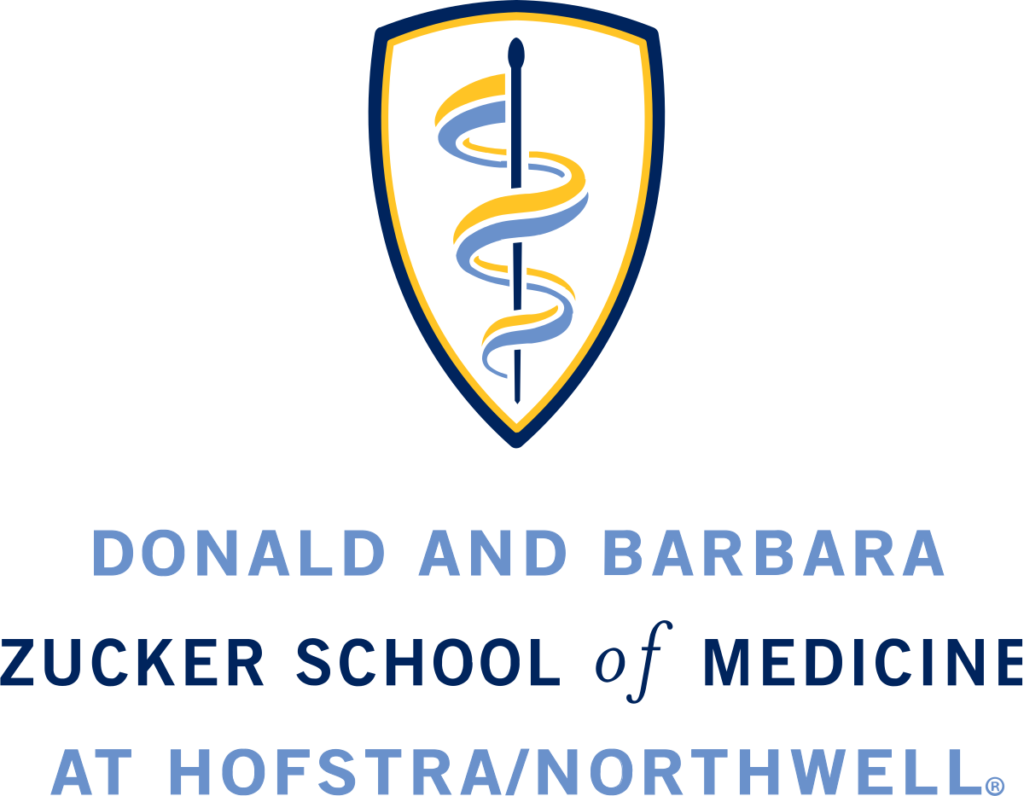by Justin Fuehrer
Wilderness medicine encompasses a wide variety of subjects ranging from management of snake bites to treatment of pulmonary barotrauma in diving to management of burns caused by lightning strikes. Due to the huge range of topics within this branch of EM, there is an array of training programs, lengths, and formats available for the medical provider interested in learning more about wilderness medicine. Here’s a brief guide:
WMS (Wilderness Medical Society) WMS is an organization that participates in a variety of wilderness medicine training ranging from books to online videos to a peer-reviewed journal and audio podcasts. WMS also has several conferences throughout the year in the U.S. and several destination conferences throughout the world. Two of their main training programs requiring some true dedication and time are FAWM and DiMM.
FAWM (Fellowship in the Academy of Wilderness Medicine) FAWM is a lengthy, comprehensive program that trains an individual in a variety of topics relating to wilderness medicine. The program requires completion of core credits, elective topics, and an experience report that can include lectures, publications, and certifications. A total of 100 credits are required to complete the fellowship and it requires approximately 2 years to complete. Upon completion a person can use the designation FAWM after their name.
DiMM (Diploma in Mountain Medicine) DiMM is a course that focuses on medical knowledge to treat injury and illness in austere environments, as well as technical skills such as ropework, belaying, climbing, and technical rescue of patients in wilderness settings. This course leads to a diploma that is internationally recognized. The course requires completion of 4 separate week-long modules over the course of 2-3 years. Two of these modules are primarily didactic and are offered in conjunction with WMS conferences. One week-long course focuses on rock climbing/technical rope skills and is offered in the summer. The last week-long course focuses on alpine climbing and includes the AIARE level 1 avalanche course during the winter. After completion a person can use the designation DiMM after their name.
NOLS (National Outdoor Leadership School)
- Wilderness First Aid – Basic first aid course for those without medical training. Requires approximately two days to complete.
- Wilderness Advanced First Aid – More advanced course in first aid. Requires 40 hours to complete.
- Wilderness First Responder – More comprehensive course in wilderness medicine leading to certification as a wilderness first responder. Requires 80 hours to complete.
- Wilderness Emergency Medical Technician – Allows a person to become a licensed wilderness EMT. In general, it requires a month to complete, although some courses are available (through NOLS and other organizations) to upgrade a person who already has an EMT- Basic certification to Wilderness EMT.
- Wilderness Medicine for the Professional Practitioner – Introductory two-day course for medical professionals (RNs, EMTs, Paramedics, PAs, Physicians, Medical Students) in wilderness medicine.
- Wilderness Upgrade for Medical Professionals – More comprehensive wilderness medicine course for medical professionals (RNs, EMTs, Paramedics, PAs, Physicians, Medical Students) in wilderness medicine leading to a Wilderness First Responder certification or Wilderness EMT upgrade for those with an EMT certification.
AWLS (Advanced Wilderness Life Support) – Three-day intensive, hands-on course in wilderness medicine for medical professionals.
Advanced Wilderness and Expedition Provider – Four-day comprehensive certification course in wilderness medicine for healthcare providers offered in conjunction with the National Conference on Wilderness Medicine.
Remote Medicine for the Advanced Provider – Five-day course for healthcare professionals that focuses on taking care of injured/ill patients for up to 72 hours in austere environments.


